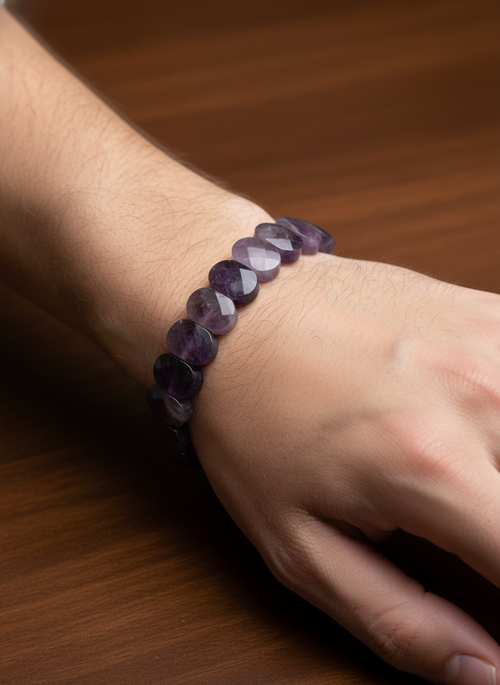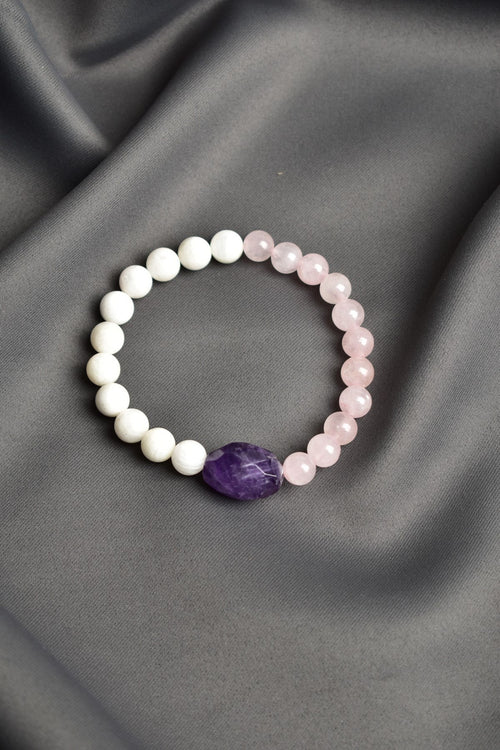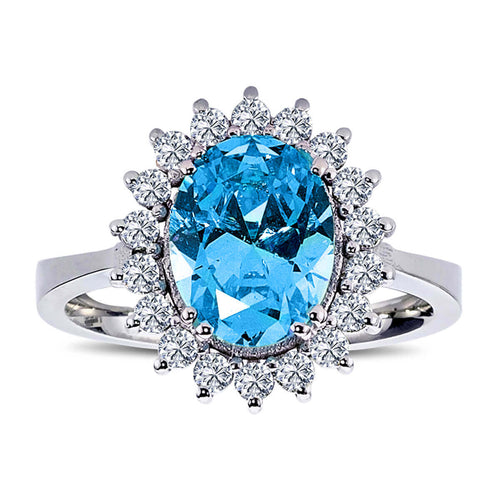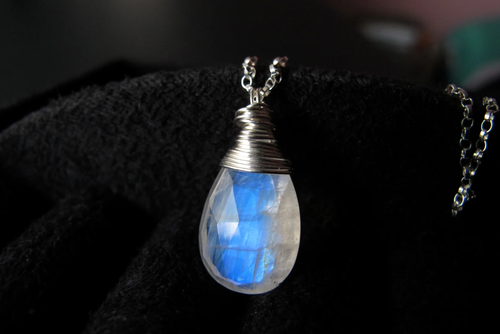ALL PRODUCTS IGSL INTERNATIONAL CERTIFIED
Diamond and quartz are both naturally occurring minerals with many uses. However, they have significant differences in terms of their chemical structure, physical properties, and areas of use. Here are the main differences between diamond and quartz:
1. Chemical Structure
-
Diamond:
- Chemical Formula: C (Carbon)
- Structure: Diamond is composed of pure carbon atoms. The atoms have a crystalline structure, held together by very strong covalent bonds.
-
Quartz:
- Chemical Formula: SiO₂ (Silicon Dioxide)
- Structure: It consists of quartz, silicon and oxygen atoms. It has a crystal structure bonded with silicon-oxygen tetrahedra units.
2. Hardness
-
Diamond:
- Mohs Hardness Scale: 10
- Feature: Diamond is the hardest natural mineral in nature and is extremely resistant to scratches and abrasions.
-
Quartz:
- Mohs Hardness Scale: 7
- Feature: Although quartz is a hard mineral, it is not as durable as diamond.
3. Shine and Glow
-
Diamond:
- Brilliance: Diamonds have a unique brilliance and reflect light extremely well. This property is known as "diamond brilliance."
- Sparkle: The high reflectivity and refractive index of diamond gives it a unique sparkle.
-
Quartz:
- Luster: The luster of quartz resembles glass and is often described as vitreous luster.
- Sparkle: Quartz has less light reflecting and refracting properties than diamond.
4. Colors and Varieties
-
Diamond:
- Color: Diamonds are usually colorless or very slightly tinted, but they can also come in rare colors such as yellow, blue, pink, green and black.
- Value: Colored diamonds, especially rare blue and pink diamonds, can have very high values.
-
Quartz:
- Color: Quartz can be found in a wide range of colors, including colorless, white, purple (amethyst), yellow (citrine), pink (rose quartz), and smoky (smoky quartz).
- Variety: Quartz's wide range of colors and patterns makes it popular for decorative and jewelry purposes.
5. Areas of Use
-
Diamond:
- Jewellery: Diamond is known as brilliant and is one of the most preferred stones in jewellery making.
- Industrial Use: The hardness of diamond makes it ideal for use in cutting, drilling and abrasive tools.
-
Quartz:
- Jewelry: Quartz stones are also used in jewelry making, with colored varieties such as amethyst and citrine being especially popular.
- Industrial Use: Quartz is used in glass making, electronic components, and watch mechanisms.
Conclusion
Diamond and quartz differ in terms of their chemical structures, physical properties and areas of use. Diamond is the hardest mineral in nature with its pure carbon structure and has high value in jewelry and industrial areas. Quartz, on the other hand, has an important place in both decorative and industrial use by offering various color and pattern options with its silicon dioxide structure. These differences determine the specific areas of use and values of both stones.



























